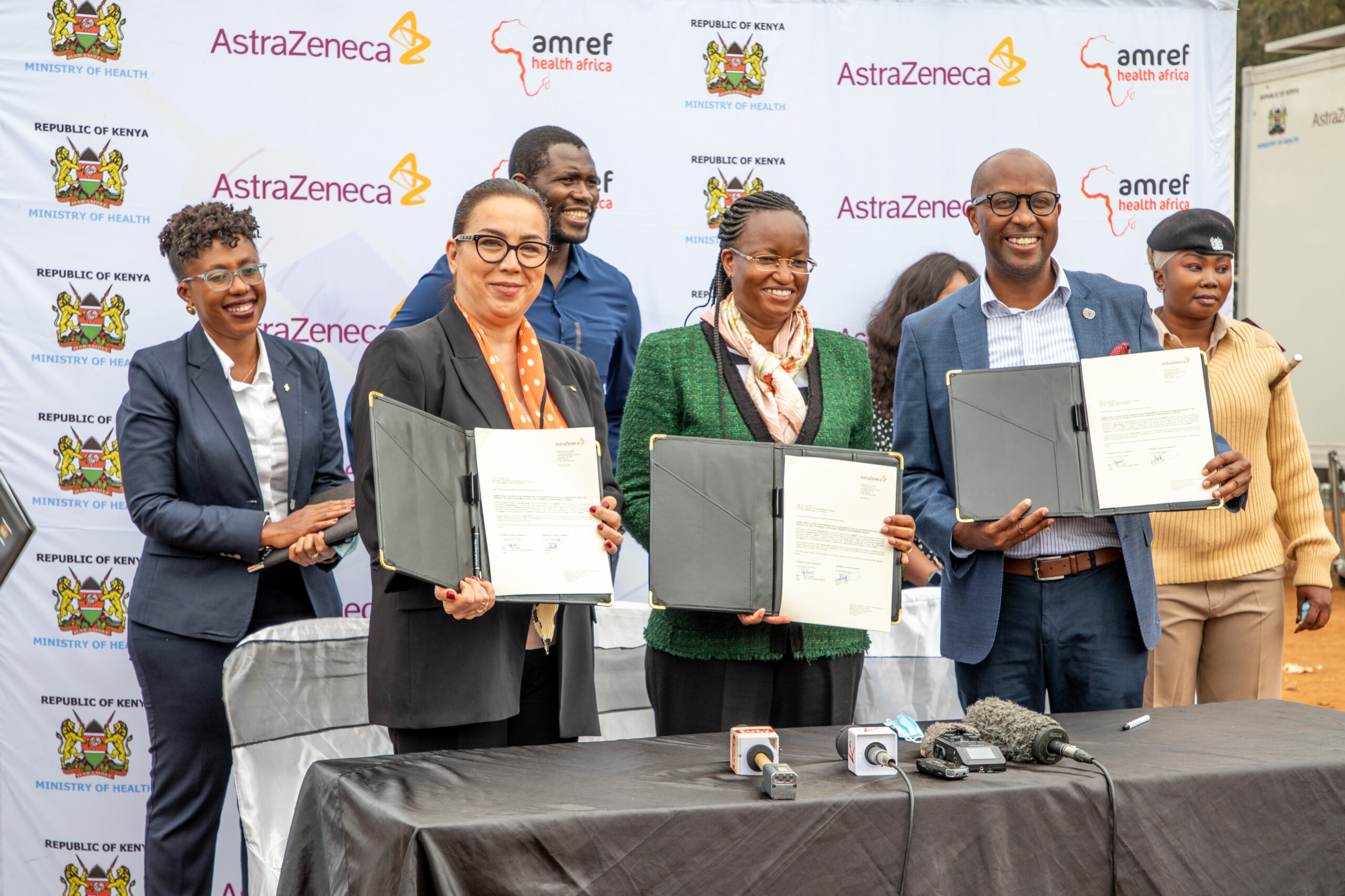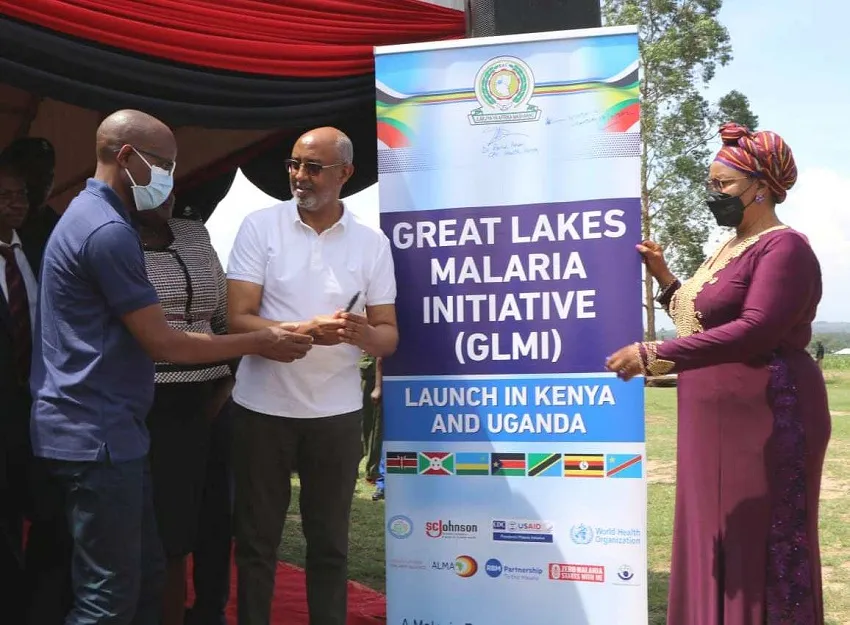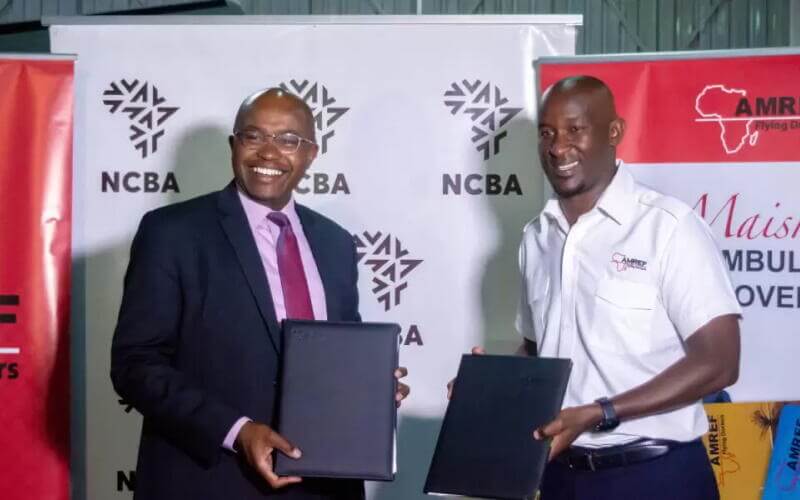Financing health in Africa: the time to reflect is now
Wednesday, 22 February, 2017


Sub-Saharan Africa is home to only 12 per cent of the world’s population but accounts for 22 per cent of the total global disease burden and 68 per cent of people living with HIV/Aids.
Out of approximately 800 women who die each day worldwide due to pregnancy and childbirth complications, 440 (55 per cent) are in Sub-Saharan Africa. And children born in Africa are 16 times more likely to die before the age of five than those in the developed regions.
The grim health situation is the result of a crisis in healthcare financing in the continent. With only one per cent of the world’s health expenditure being used in Sub-Saharan Africa, countries are ill-equipped to adequately address their health problems.


IMAGE CREDIT: DAILY NATION NEWSPAPER
It is the realisation of this health crisis that made African governments commit in April 2001 to dedicate at least 15 per cent of their annual budgets to the health sector in the Abuja Declaration. Thirteen years later, the same governments are yet to honour this promise. Only six countries — Rwanda, Botswana, Niger, Zambia, Malawi and Burkina Faso — have reached or surpassed the Abuja target. In 60 per cent of the countries, the health sector share of total government expenditure is below 10 per cent.
Achieving the 15 per cent target would reflect government commitment to some degree of health sector prioritisation in expenditure. It does not imply that this level of funding would be adequate to meet national health needs.
The challenge of healthcare financing has worried policy makers across Africa and appears to be the biggest challenge in achieving Sustainable Development Goals (SDGs). As such, a cross-section of public, private and NGO sector players will be meeting in Nairobi under the auspices of the Africa Health Agenda International Conference and healthcare financing will be a major topic of discussion.
Irrespective of whether countries have met the commitment or not, the health per capita expenditure of all African countries ranges from $20 to $25, way below the $40 that the World Health Organisation recommends. The message here is that countries should not even be aiming at 15 per cent allocation, much more is needed. However, by achieving the Abuja target, countries would be showing that there is political support to the health sector.
Due to deficit in government funding, there is still a reasonably high level of reliance on donor funding by African countries. Donor funding accounts for over a quarter of total health care funding in about 35 per cent of countries, with five per cent of countries having more than half of all healthcare funding coming from external sources. While this support is important in reducing harm from the current crisis, it is not sustainable and may encourage dependency.
Health insurance is a more sustainable financing model. However, there is a large variation in medical insurance coverage across Africa. Zambia, for example, has less than 100,000 people on private insurance, while Kenya and Ghana have more than eight million each on some form of medical insurance. Overall, there is an increasing middle class population in most parts of Africa and this is resulting in expansion in the medical insurance industry.
In addition, corporate bodies in most of these countries are increasingly relying on private insurers to provide cover for employees, as opposed to managing in-house medical schemes.
Unlike private health insurance, mandatory state-run health insurance has not done well in Africa. There is slow increase in coverage and in most countries it is riddled with challenges, including poor use of funds.
Emerging Area
An emerging area to watch is community pre-payment schemes which have been on the increase in recent years. Low-cost medical insurance schemes could be established with provision for government and non-governmental organisations to subsidise membership for low-income earners who comprise the largest proportion of the population.
Most Africans still depend on out-of-pocket payments for health services. Currently, this exceeds 25 per cent of total health care expenditure in more than three-quarters of sub-Saharan African countries. Out-of-pocket payments include user fees at public sector facilities as well as direct payments to private providers.
But out-of-pocket payments lead to health shocks, the unpredictable illnesses that diminish health status and have a great impact on the economic wellbeing of households.
Even more important is that equitable access to health across countries and within countries in Africa remains a big challenge due to these healthcare financing challenges. Whatever health funding mechanism a country chooses, strategies must be developed to shield the vulnerable. Yet the current financing mechanisms do not necessarily do that and access to health in Africa is highly inequitable.
The challenge of healthcare financing has worried policy makers across Africa and appears to be the biggest challenge in achieving Sustainable Development Goals (SDGs). As such, a cross-section of public, private and NGO sector players will be meeting in Nairobi under the auspices of the Africa Health Agenda International Conference and healthcare financing will be a major topic of discussion. This meeting is planned for March 7 to 9, this year. Stakeholders are looking forward to see the new innovations that Africa will come up with to achieve the SDGs, given that almost all African countries failed to achieve the health-related Millennium Development Goals.
Dr Joachim Osur is the Director of Regional Offices and Field Offices at Amref Health Africa.
Published on Tuesday, February 21, 2017 by Healthy Nation a publication of the Daily Nation.








Comments
[…] as many other agencies focusing on fistula, such as the Fistula Foundation, UNFPA, EngenderHealth, AMREF, Norwegian Red Cross and many others, there are currently 52 FIGO Fellows –trainee fistula […]
[…] tan solo tenía 8 años se negó a que le practicaran la ablación y convenció a su abuelo, un anciano masái, argumentado que esta práctica también implicaba dejar de ir a la escuela. […]
[…] there is a need to provide appropriate training, supervision and remuneration for community health workers to enable them to tackle existing and emerging health challenges, such as non-communicable diseases, […]
[…] of school-going children. Katembu was also leading a delegation to take stock of progress made by Amref Health Africa’s Maternal and Child Nutrition Project, which was launched in May 2016. Katembu noted that the project has helped to improve maternal, […]
[…] Health Africa Group CEO, Dr Githinji Gitahi who is also the current co-chair of UHC2030, noted that “UHC is a human right that ensures the people’s constitutional right is obeyed, […]
[…] to change this are ongoing and a campaign was launched at the Africa Health Agenda International Conference in Nairobi last year that […]
[…] in Kenya. Nice Leng’ete, who escaped the cut when she was 8-years-old, has earned global acclaim, including a feature story in the New York Times, because of her community-led approach to ending […]
[…] ALSO READ: Leap, the mHealth platform and i-PUSH […]
[…] post Second Innovate for Life Fund Accelerator week appeared first on Amref Health […]
[…] post Amref receives Ksh 4.6 billion grant to fight TB and malaria in Kenya appeared first on Amref Health […]
[…] post Christmas in Dagoretti Child Protection and Development Centre appeared first on Amref Health […]